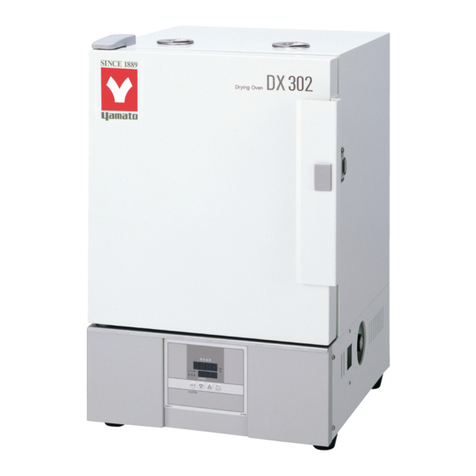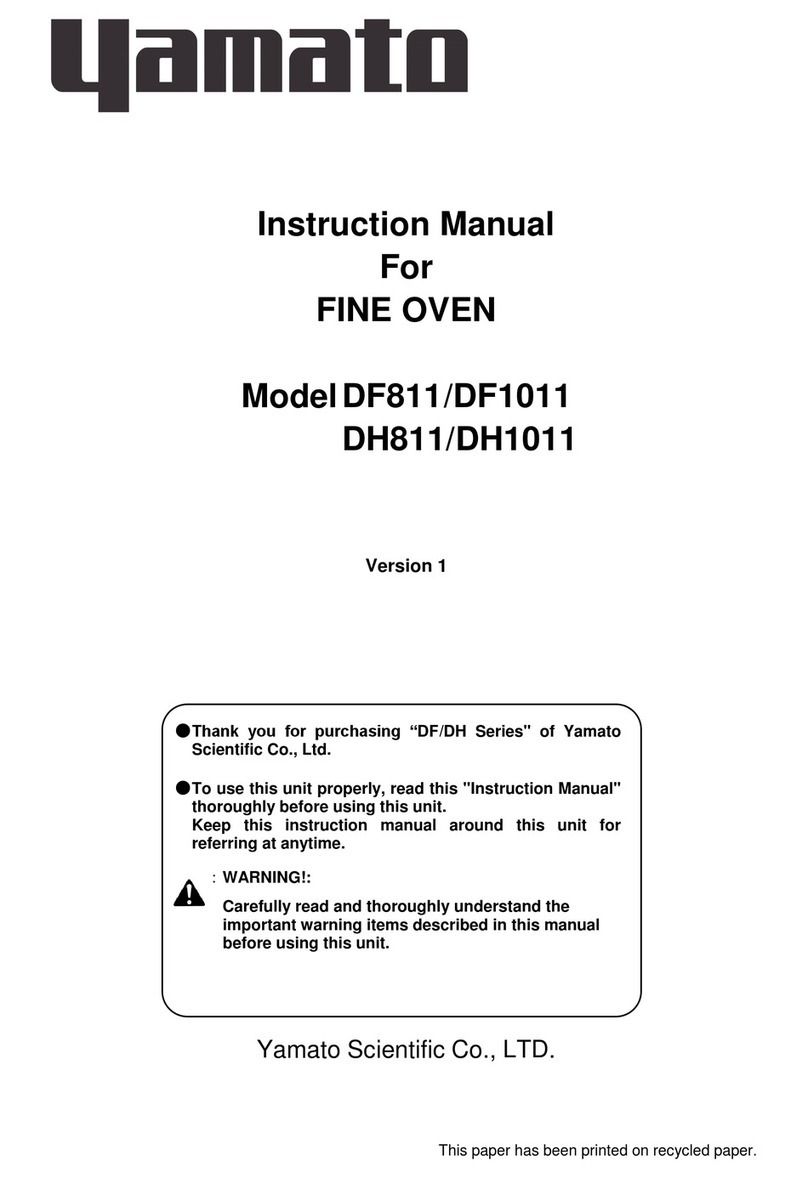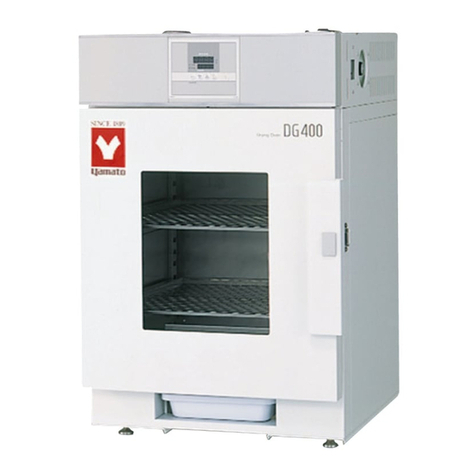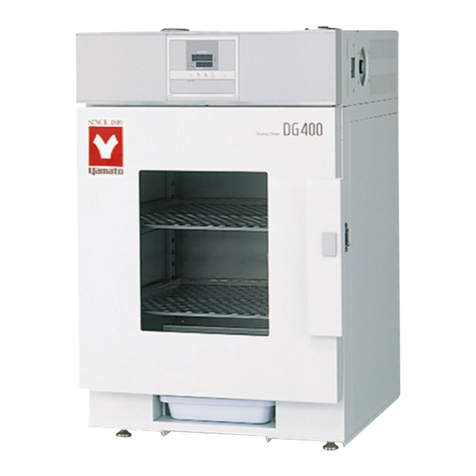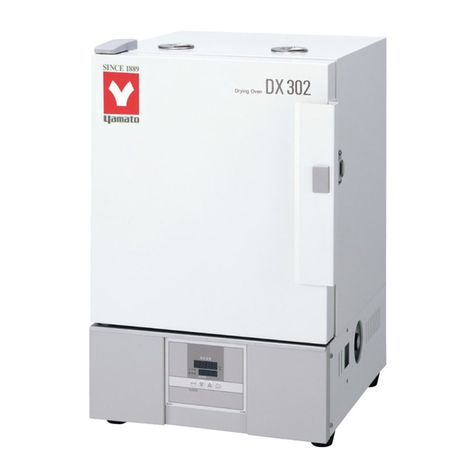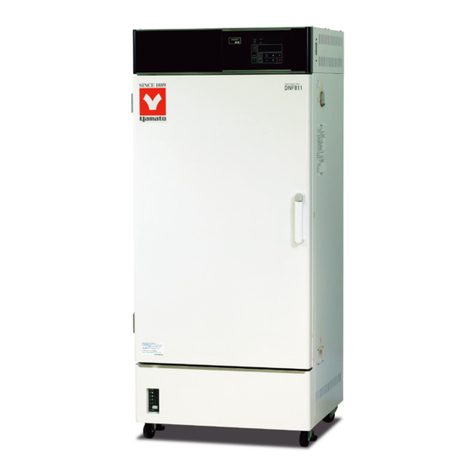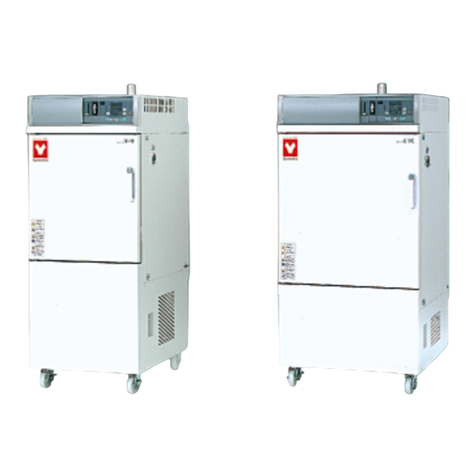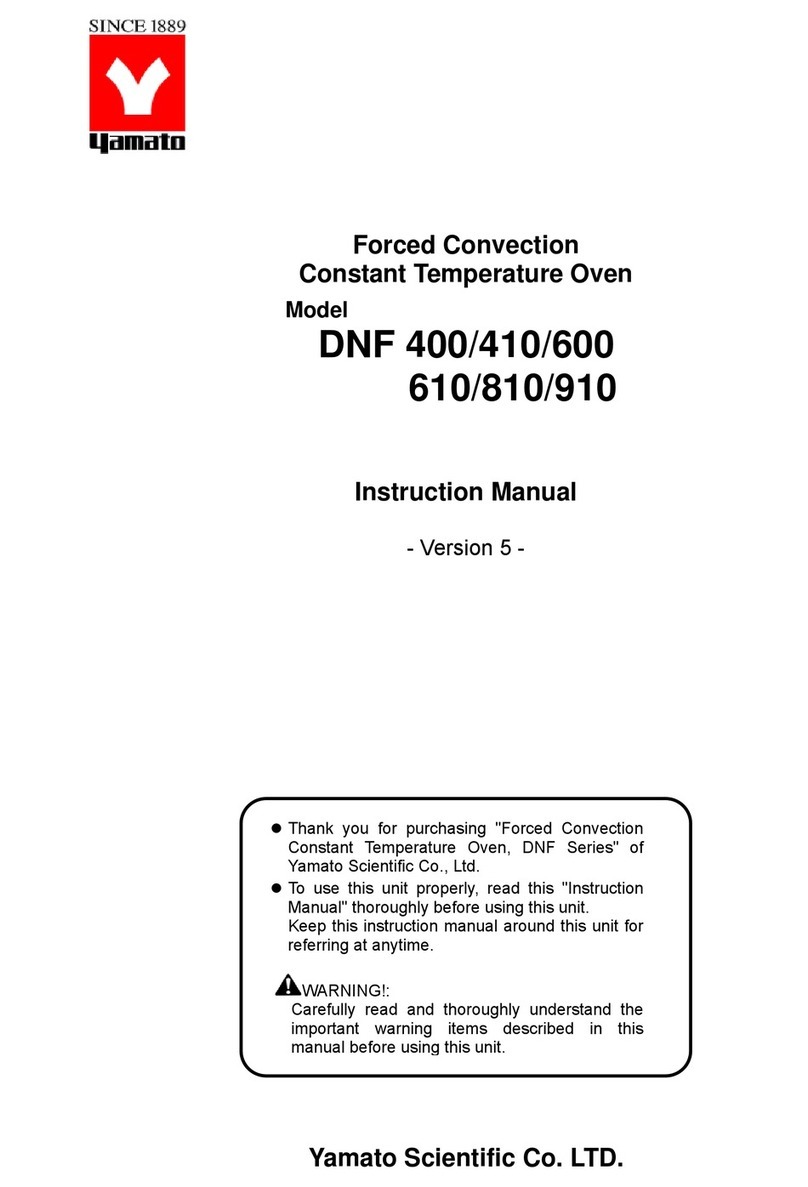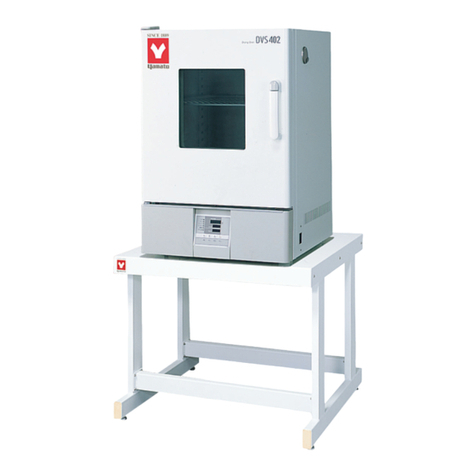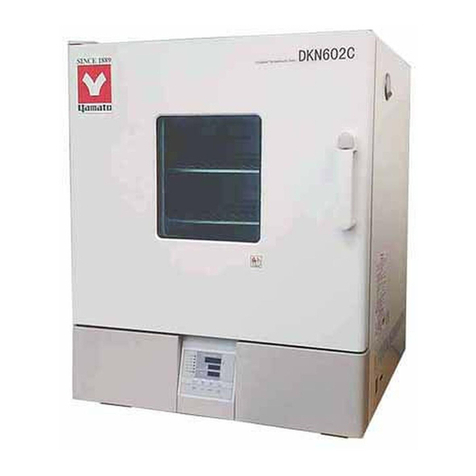
1. Safety precautions........................................................................................................................................ 1
Explanation of pictograms..............................................................................................................................1
List of symbols................................................................................................................................................. 2
Warning ・Cautions....................................................................................................................................... 3
2. Before operating the unit............................................................................................................................ 4
Precautions when installing the unit.............................................................................................................4
Installation procedures ・precautions........................................................................................................ 7
3. Names and functions of parts................................................................................................................. 10
Main body....................................................................................................................................................... 10
Operation panel............................................................................................................................................. 11
Explanation of characters............................................................................................................................ 12
4. Operating procedures................................................................................................................................ 13
List of operation modes and functions.......................................................................................................13
Operation mode ・function setting keys and characters...................................................................... 15
Operating procedures (settings for overheat prevention device)..........................................................16
Operating procedures (fixed temperature operation)..............................................................................17
Operating procedures (quick auto stop operation)..................................................................................18
Operating procedures (auto stop operation)............................................................................................ 20
Operating procedures (auto start operation)............................................................................................ 22
Useful functions (calibration offset function).............................................................................................24
Useful function (setting lock function)........................................................................................................25
Useful function (power outage compensation function)......................................................................... 26
5. Cautions on handling................................................................................................................................. 27
6. Maintenance procedures...........................................................................................................................30
Daily inspection/maintenance..................................................................................................................... 30
7. When the unit is not to be used for a long time or when disposing.............................................31
When the unit is not to be used for a long time or when disposing......................................................31
Notes about disposition................................................................................................................................31
8. Troubleshooting...........................................................................................................................................32
Safety device and error codes.................................................................................................................... 32
When a malfunction is suspected...............................................................................................................33
9. After sales service and warranty............................................................................................................ 34
When requesting a repair............................................................................................................................ 34
10. Specifications.............................................................................................................................................35
11. Wiring diagram...........................................................................................................................................36
12. List of replacement parts........................................................................................................................ 36
13. List of dangerous materials................................................................................................................... 39
14. Standard installation manual.................................................................................................................40
